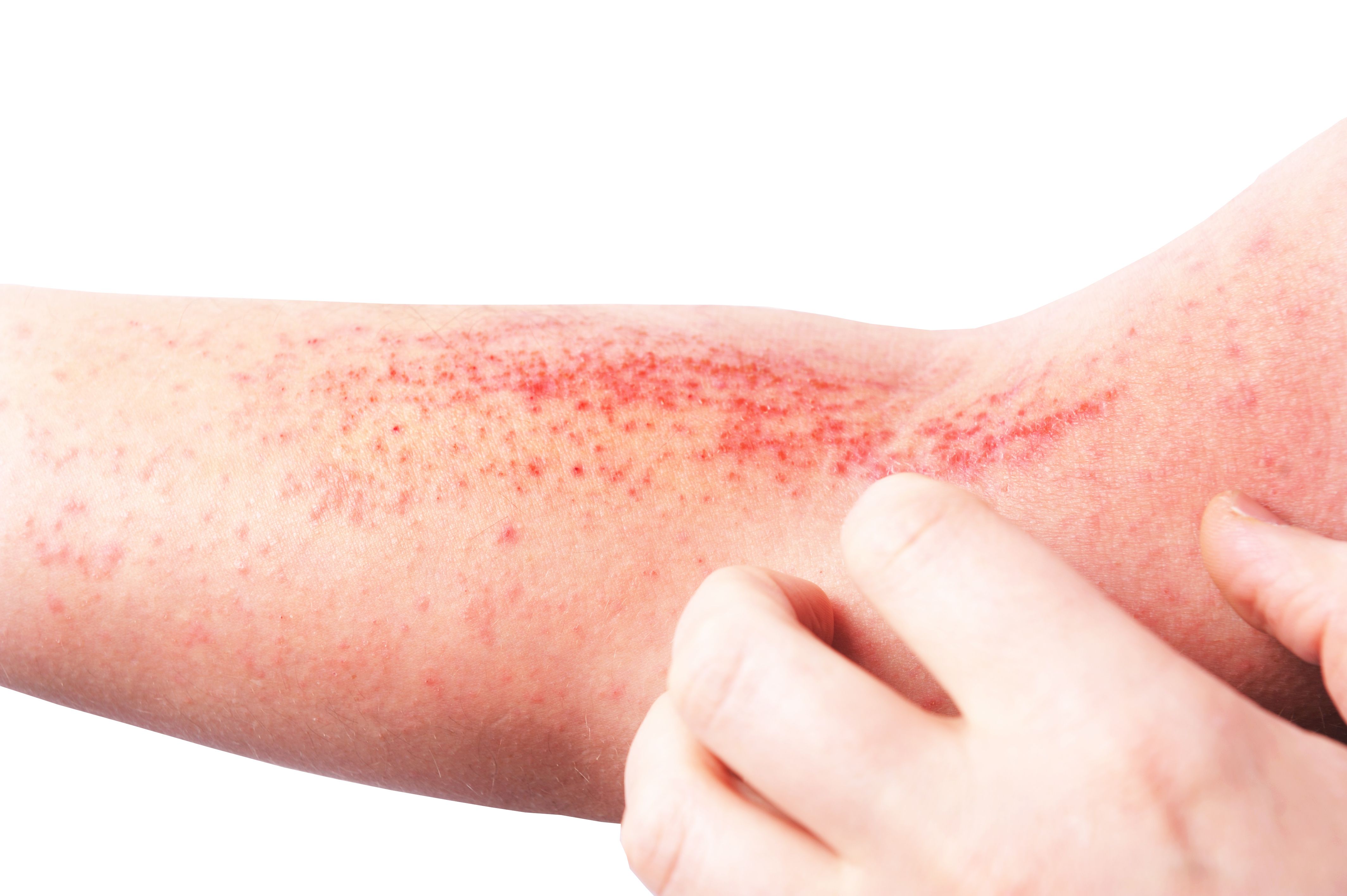- Center on Health Equity & Access
- Clinical
- Health Care Cost
- Health Care Delivery
- Insurance
- Policy
- Technology
- Value-Based Care
New Phase 3 Data Suggest Long-Term Efficacy of Upadacitinib in Atopic Dermatitis
The data presents compelling evidence for the sustained efficacy and safety of the oral JAK1 inhibitor in the treatment of moderate to severe atopic dermatitis over an extended 140-week period.
This article was originally published by Dermatology Times®. It has been lightly edited.
New data presented at the European Association of Dermatology and Venereology (EADV) Congress 2023 delves into the outcomes of an ongoing phase 3 study, Measure Up 1 (NCT03569293), which assesses the efficacy and safety of upadacitinib (UPA), an oral Janus kinase 1 (JAK1) inhibitor, for the treatment of moderate to severe atopic dermatitis (AD) over a 140-week period.1
The primary goal of this study was to evaluate the sustained efficacy of UPA across a prolonged treatment period. This included assessing the proportion of patients achieving a 75% or greater reduction in Eczema Area and Severity Index (EASI 75) from baseline and those achieving a vIGA-AD score of clear (0) or almost clear (1) with a 2 or greater grade reduction from baseline (vIGA-AD 0/1) at week 16.
Patients, aged 12 to 75, with moderate to severe AD were randomized into three groups: UPA 15 mg (UPA15), UPA 30 mg (UPA30), or placebo (PBO) once daily at baseline. At week 16, PBO-treated patients were re-randomized to receive either UPA15 (PBO/UPA15) or UPA30 (PBO/UPA30) once daily. The study employed the Observed Cases (OC) approach for all efficacy endpoints, with no missing data imputation.
Atopic dermatitis
Image credit: lial88 - stock.adobe.com

The efficacy results demonstrated sustainability over the extended 140-week period. The proportions of patients achieving EASI 75 at week 140 were consistently high, with 88.8% (UPA15), 90.3% (UPA30), 83.5% (PBO/UPA15), and 89.4% (PBO/UPA30) showing significant improvement. Similarly, the proportions of patients achieving vIGA-AD 0/1 were 63.4% (UPA15), 65.5% (UPA30), 60.4% (PBO/UPA15), and 75.5% (PBO/UPA30).
Furthermore, a substantial number of patients experienced a 4 or greater point reduction in Worst Pruritus Numeric Rating Scale (∆WP-NRS≥4) at week 140, indicating a meaningful improvement in itch. The rates of adverse events, including serious adverse events (SAEs) and treatment-emergent adverse events (TEAEs), were monitored and assessed as exposure-adjusted rates per 100 patient-years (PY), with UPA15 and UPA30 showing a favorable safety profile consistent with prior reports.
This interim analysis presents compelling evidence for the sustained efficacy and safety of UPA in the treatment of moderate to severe atopic dermatitis over an extended 140-week period. These findings are highly promising for clinicians seeking long-term solutions for their adolescent and adult patients with AD. As data from additional pivotal studies become available, this research may further solidify UPA as a crucial therapeutic option in a clinician's armamentarium.
Reference
Silverberg J, Guttman-Yassky E, Simpson E, et al. Efficacy and safety of upadacitinib through 140 weeks in adolescents and adults with moderate-to severe atopic dermatitis: phase 3 randomized clinical trial results. Presented at European Association of Dermatology and Venereology Congress 2023; October 11-14, 2023; Berlin, Germany.
